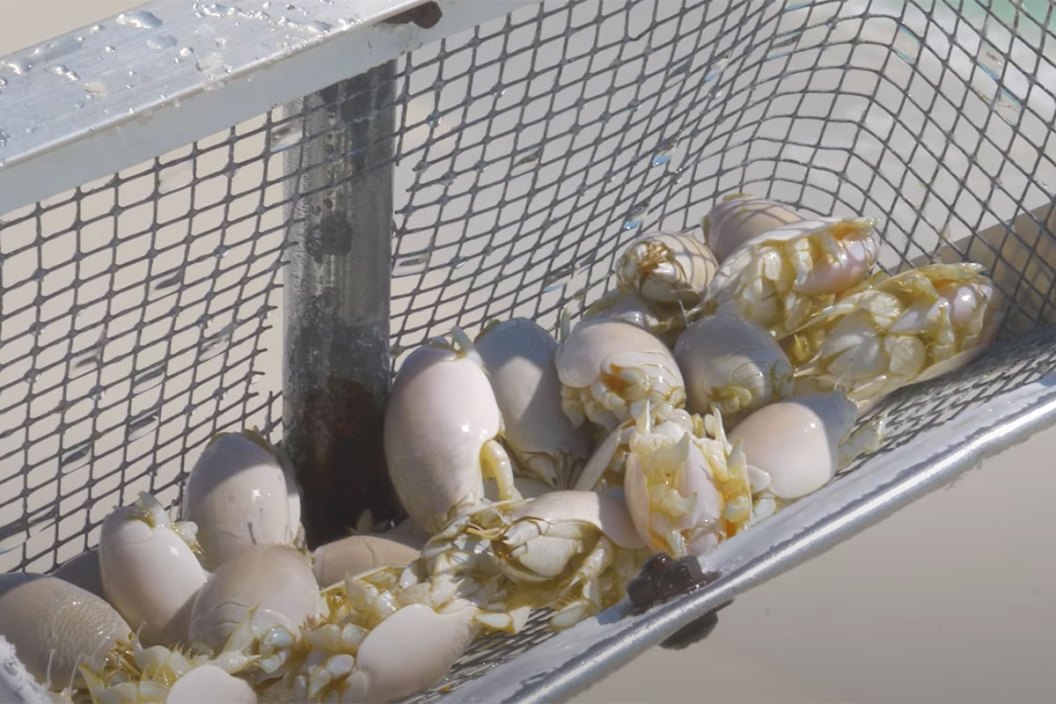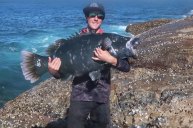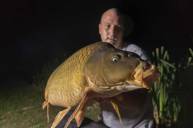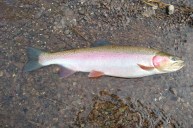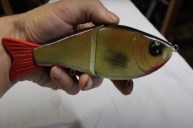Sand fleas, Emerita, or sand crabs, typically refers to the species Atlantic sand hopper. These small crustaceans spend their lives burrowing into beach sand, feeding on plankton, and rolling around in the tides of America's Pacific and Atlantic coasts. If you have been to the beach and noticed bubbles in shallow underwater sand, that is most likely a sand flea burrowing under the surface. Sand fleas make great bait for a variety of game fish, including redfish, also known as red drum, striped bass, even flounder and sheepshead. They are also edible for humans. However, if you have a seafood allergy, use caution and common sense.
Identification
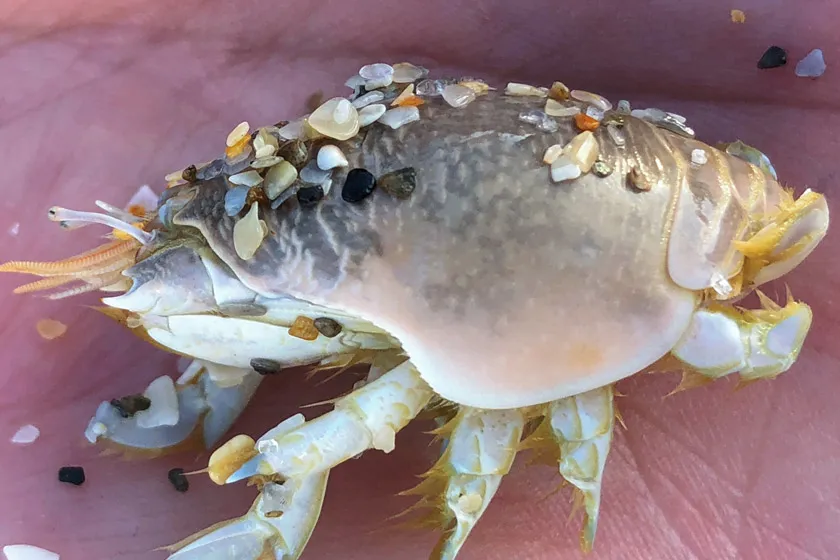
Getty: Jaimie Tuchman
Sand fleas are small, whitish arthropods that grow between a quarter inch and an inch long. They have smooth, hard, oblong shaped shells on their backs. In some ways they resemble hermit crabs, just shaped differently and with shorter legs. If identifying sand fleas for human consumption, it is crucial to know exactly what you have. Do not consume anything if you aren't 100-percent positive what it is. Carry a guidebook (and refer to it) if unsure.
Harvest
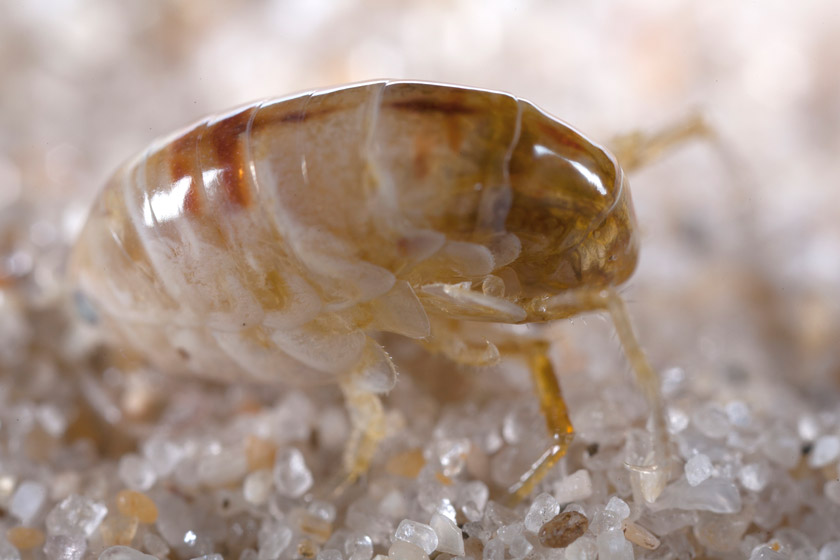
Getty: Deamorim
These small crabs can be found burrowing through the sand in the swash zone. Use a sand flea rake and rake the wet sand where bubbles are coming up on the beach after a wave has gone back out. Raking the sand usually captures any sand crabs that are just below the surface. Others like to use a net instead of a rake. Either method may take some time. Sand fleas can be surprisingly deceptive. To make a meal out of sand fleas, you will have to catch many. Bring a bucket to put your catch in while you keep raking the sand for more.
They are not regulated, meaning there is no set minimum or maximum for how many you can catch and take home to eat. Just make sure that there are no special regulations against catching sand fleas at the beach you have chosen. Special note: if you are catching sand fleas not for human consumption but to use as bait to catch fish, you need a fishing permit or license. Check your state's laws before using sand fleas as bait.
Preparation
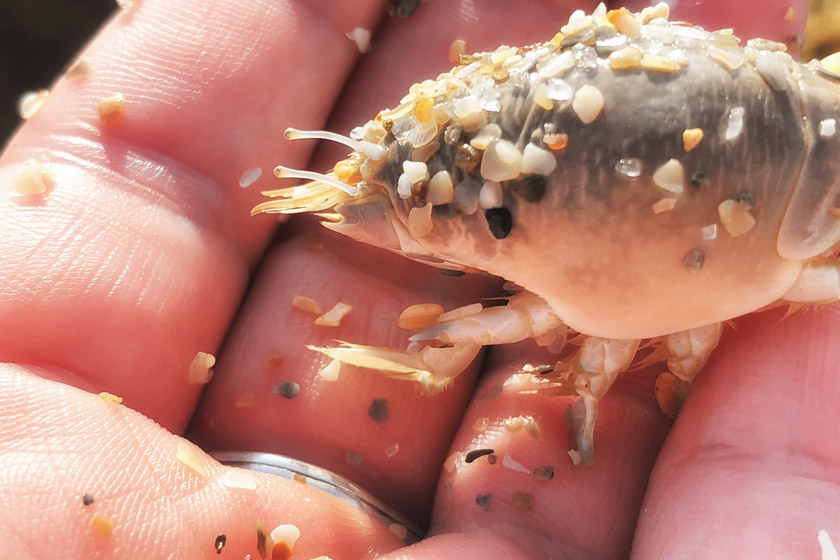
Getty: Jaimie Tuchman
Once you are satisfied with your sand flea catch, it is time to prepare the little crabs for consumption. In many places across the globe, sand fleas are eaten raw. This is relatively safe, but sand fleas should always be washed first.
The general rule is that people can eat raw sand fleas, but if they are larger than an inch, they should be cooked first. Some people eat only the raw fleshy meat inside by breaking the shell and scooping out the meat. Females are better than males to eat raw because they grow larger and therefore have more meat on them.
Sand fleas contain parasites in their shells. To avoid any chance of getting sick from the parasites, cook before eating. The safest bet is to boil them. This kills any parasites and makes their shells softer at the same time. Some people recommend squeezing out the waste products from inside their bodies, but not everyone takes this step. After rinsing sand fleas, take the time to dry them off before frying. You should never toss anything wet into boiling oil.
Cooking Sand Fleas
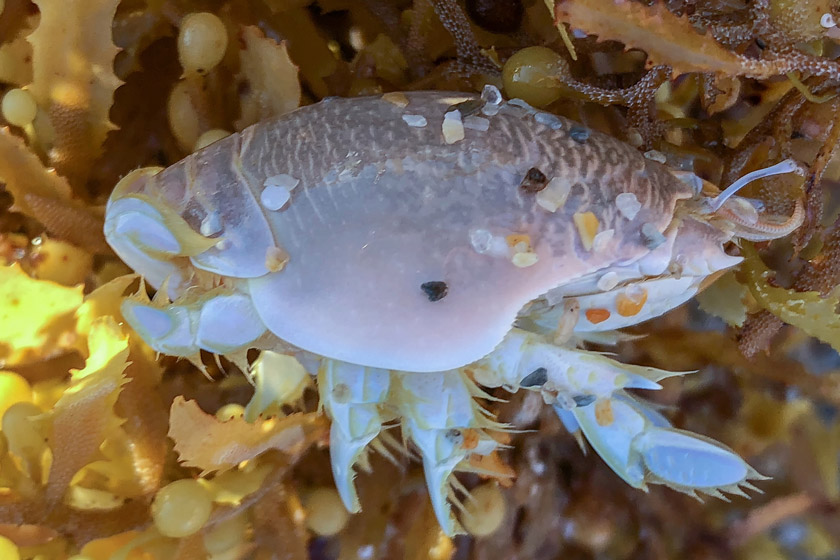
Getty: Jaimie Tuchman
Sand fleas are a staple in many Asian countries. They are typically prepared like any other seafood; tempura-style, in a soup, raw, wrapped in rice paper, or in a wide variety of other ways. The same methods apply anywhere. Try them pan fried, deep fried, roasted, boiled with spices, cooked into soups or stews, use them to make broths, or discover a new recipe. Sand fleas on their own are mildly flavored, some even say bland. Others think they taste like shrimp. They take on whatever flavorings are used when cooking them.
Takeaways
Sand fleas are edible, but make a positive identification before consuming. They can be eaten raw but are probably safest to consume after cooking. Flavor to your liking and keep an open mind.
